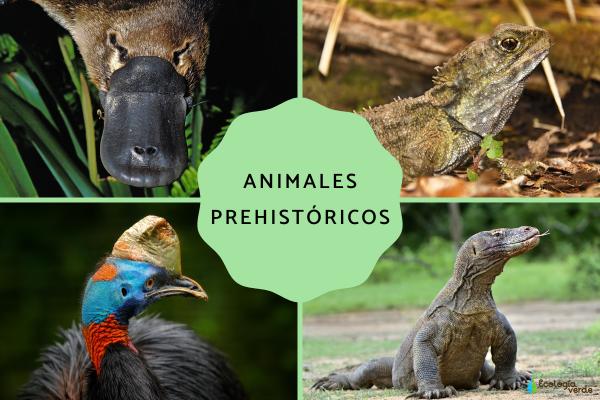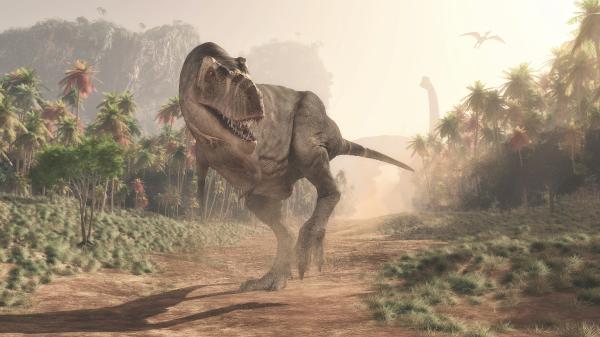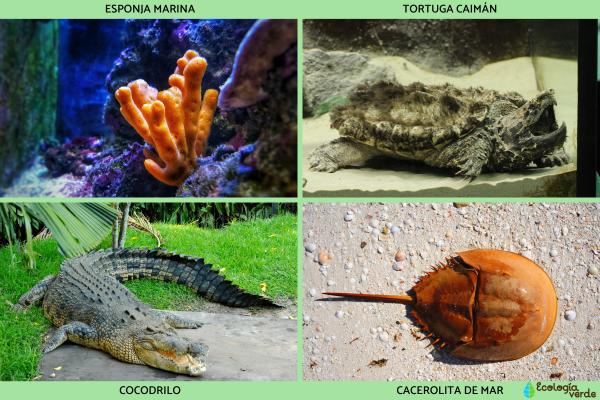Millions of years ago, Earth looked very different from what we know today. Dramatic changes in climate shaped unique and diverse forms of life, many of which have since vanished. Today, thanks to fossil records formed by heat and pressure over millions of years, we can reconstruct what prehistoric worlds were like and learn about the remarkable creatures that once inhabited them. Prehistoric animals refer to all creatures that lived before recorded human history—both extinct species and those still surviving as "living fossils." In this comprehensive guide, we’ll explore the features of prehistoric animals, examples of extinct giants, and ancient species still alive today.

Prehistoric animals aren’t just dinosaurs—they include everything from ancient marine invertebrates and early fish to flying reptiles, early mammals, and giant amphibians. Their main characteristics are:
Existed before written history: All species living before the advent of human writing (over 5,000 years ago).
Adapted to ancient environments: Their evolution was shaped by rapidly changing conditions through geological eras like the Paleozoic (the “Age of Fishes”), Mesozoic (the “Age of Reptiles”), and Cenozoic (the “Age of Mammals”).
Variety of habitats: These animals could be marine, terrestrial, or aerial, and adapted to specific ecological niches.
Extraordinary diversity: Prehistoric animals varied widely in size and shape—from jawless fishes and giant reptiles to enormous birds and mammals.
Unfamiliar appearances: Many had features we rarely see today—massive size, scales, fangs, spikes, or unique body shapes.

The world of prehistory was home to the “megafauna”—giant animals like dinosaurs, mammoths, and giant ground sloths. Several factors may explain this gigantism:
Colder climates: According to Bergmann’s rule, animals in cold regions tend to be larger to retain heat more efficiently.
Unique bone structures: Dinosaurs, for example, had hollow bones that were strong yet lightweight, allowing massive body sizes.
Resource abundance and low competition: On islands or in isolated habitats with few predators and plentiful food, species often evolved to larger sizes.
Human impact: The arrival of humans often coincided with the extinction of giant species due to hunting and environmental disruption.
Climate change: Shifts in global temperature and habitat availability also played a major role in the extinction of megafauna.
More than 90% of all species that have ever existed on Earth are now extinct. Here are some of the most iconic prehistoric animals that disappeared long before our time:
A legendary predator of the Ice Age, famous for its massive upper canine teeth. Some species weighed up to 300 kg and were apex predators during the Pleistocene.
Close relatives of today’s Elephants-Are-Endangered.html">elephants, woolly mammoths had thick fur and could reach 5 meters tall. Both giant and dwarf forms existed, and they vanished due to climate change and human hunting.
The most famous carnivorous dinosaur, living about 68–66 million years ago. T. rex was up to 11 meters long and weighed over 7 tons, with a huge skull and powerful legs. It was among the last non-avian dinosaurs before the mass extinction event.
The largest shark in history, growing up to 15–20 meters long. Its teeth alone could measure over 18 cm, making it the ocean’s ultimate predator for millions of years.
A large, flightless bird from Mauritius, the dodo became extinct in the late 17th century due to overhunting and invasive species brought by humans.

Early horse (Protorohippus sp.)
First bird (Archaeopteryx lithographica)
Giant ground sloth (Megatherium spp.)
Pakicetus (early ancestor of whales)
Prehistoric dog (Hesperocyon spp.)
Giant dragonfly (Meganeura spp.)
Prehistoric whale (Leviathan melvillei)
Titanoboa (Titanoboa cerrejonensis), the largest snake ever
Giant hornless rhinoceros (Paraceratherium spp.)
Some remarkable species survived dramatic changes over millions of years and are often called “living fossils.” Here are some famous examples:
Among the most primitive animals, aquarium/sea-sponge.html">sea sponges first appeared around 635 million years ago and are considered ancestors of all animal life.
Monotremes like the platypus are egg-laying mammals that retain many reptilian traits. Modern platypuses originated about 100,000 years ago and are close relatives of several now-extinct monotreme species.
These ancient turtles first appeared around 3.5 million years ago. They have powerful beaks and a worm-like tongue used to lure prey.
Jawless, eel-like fish dating back over 500 million years. Most early species have vanished, but about 60 modern species still survive.
Crocodiles originated around 25 million years ago and have changed little since then, making them true living fossils.

Horseshoe crab (Limulus polyphemus)
Komodo dragon (Varanus komodoensis)
Tapirs (family Tapiridae)
Pig-nosed turtle (Carettochelys insculpta)
Cassowary (Casuarius spp.)
Coelacanth (Latimeria spp.)
Nautilus (Nautilus spp.)
Solenodon (Solenodon spp.)
Hula painted frog (Latonia nigriventer)
Tuatara (Sphenodon spp.)
Prehistoric animals, both extinct and still living, reveal the wonders of life’s history on Earth. From towering dinosaurs and mammoths to mysterious living fossils like the coelacanth and tuatara, these creatures help us understand evolution, extinction, and the resilience of life. If you want to learn more about prehistoric animals, dinosaurs, extinction, or living fossils, be sure to follow our paleontology and animal encyclopedia!
Bibliografía
Shimada, K., Maisch IV, et. al (2022). Revisiting body size trends and nursery areas of the Neogene megatooth shark, Otodus megalodon (Lamniformes: Otodontidae), reveals Bergmann’s rule possibly enhanced its gigantism in cooler waters. Historical Biology, 1-10.
Hekkala, E., Gatesy, J., Narechania, A., Meredith, R., Russello, M., Aardema, M. L., & Amato, G. (2021). Paleogenomics illuminates the evolutionary history of the extinct Holocene “horned” crocodile of Madagascar, Voay robustus.Communications Biology, 4(1), 1-11.
Beatty, R., Beer, A., & Deeming, C. (2010). El libro de la naturaleza. Gran Bretaña: Dorling Kindersley.
animal tags: Prehistoric Animals
We created this article in conjunction with AI technology, then made sure it was fact-checked and edited by a Animals Top editor.